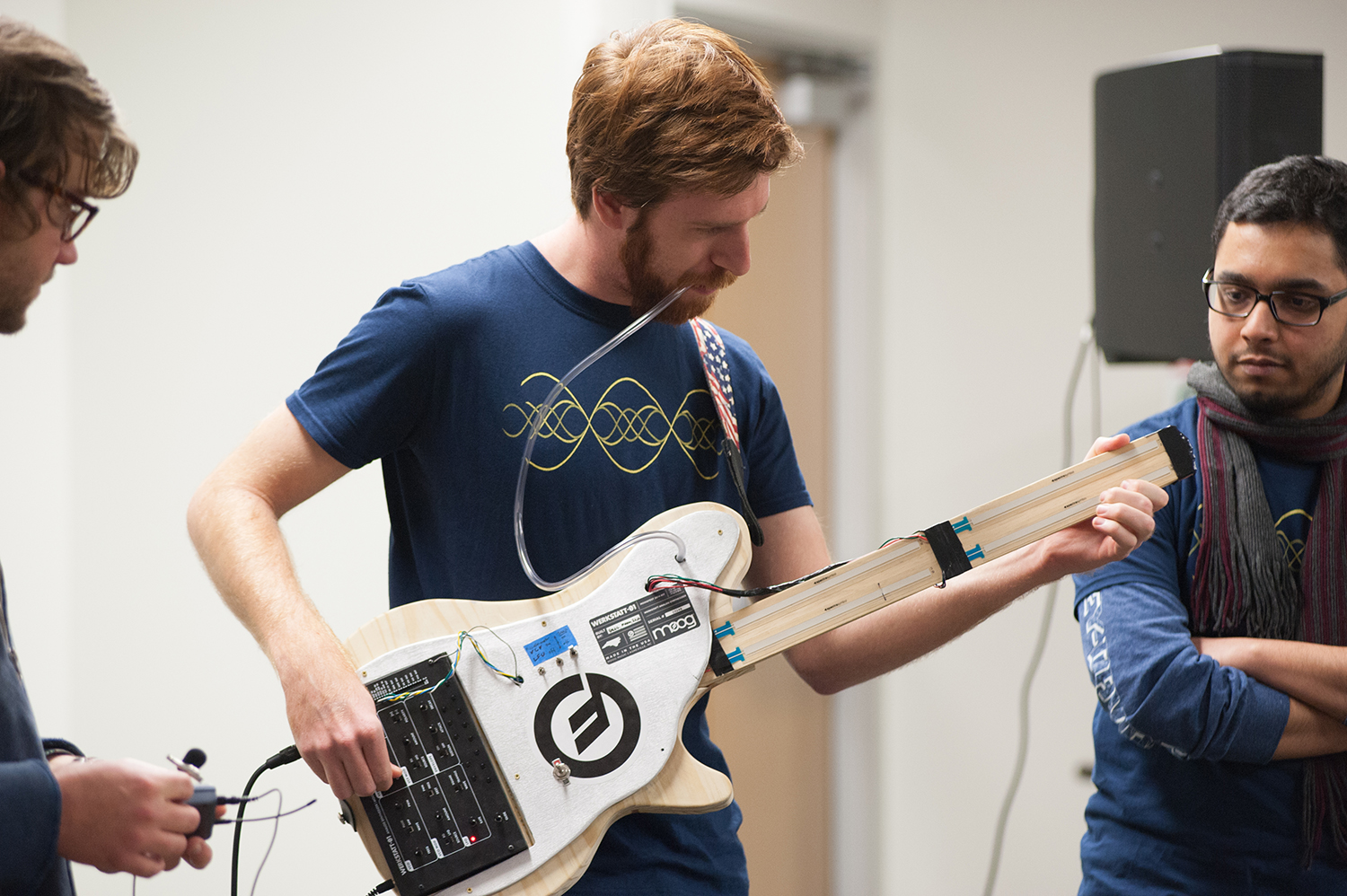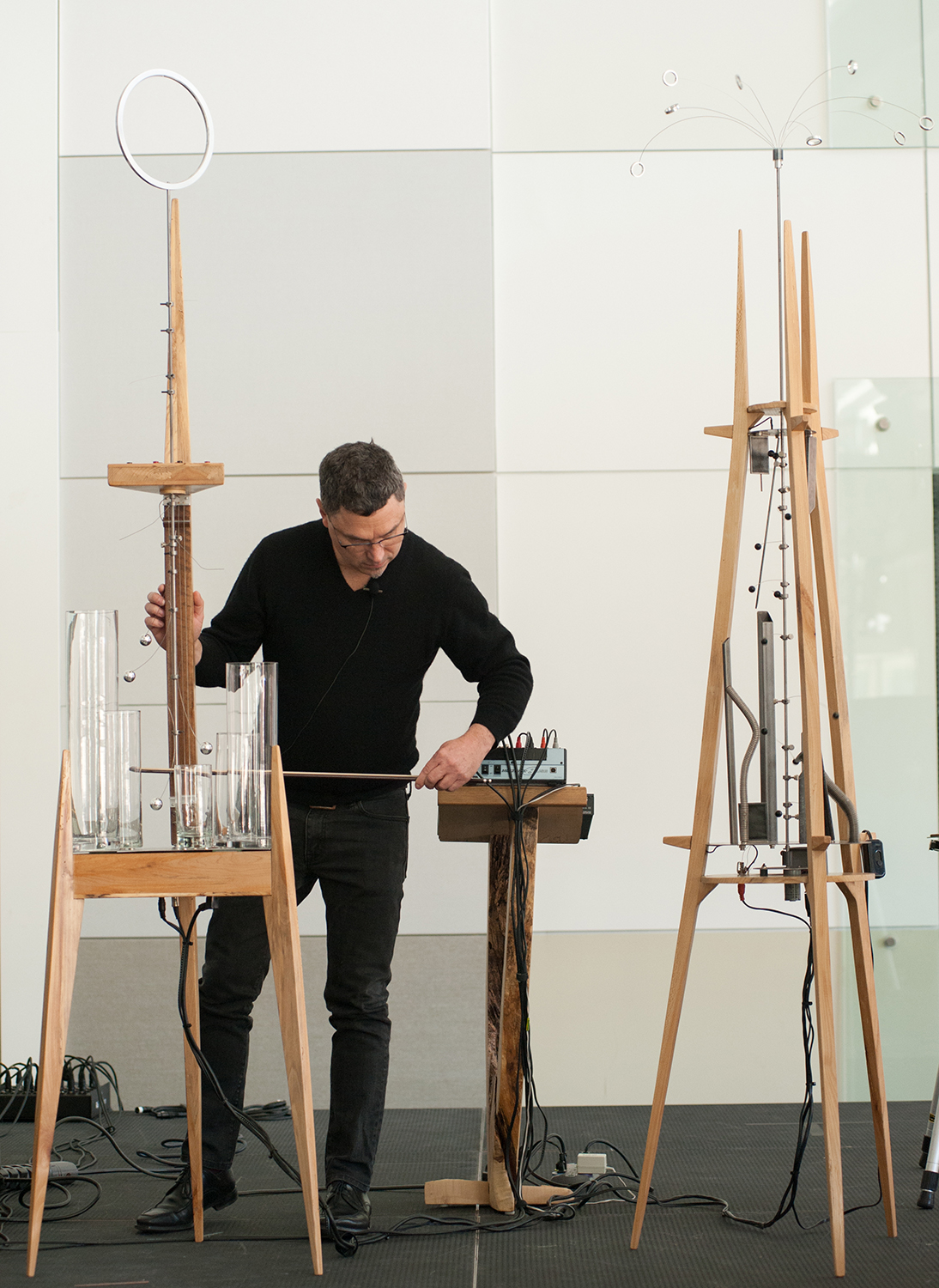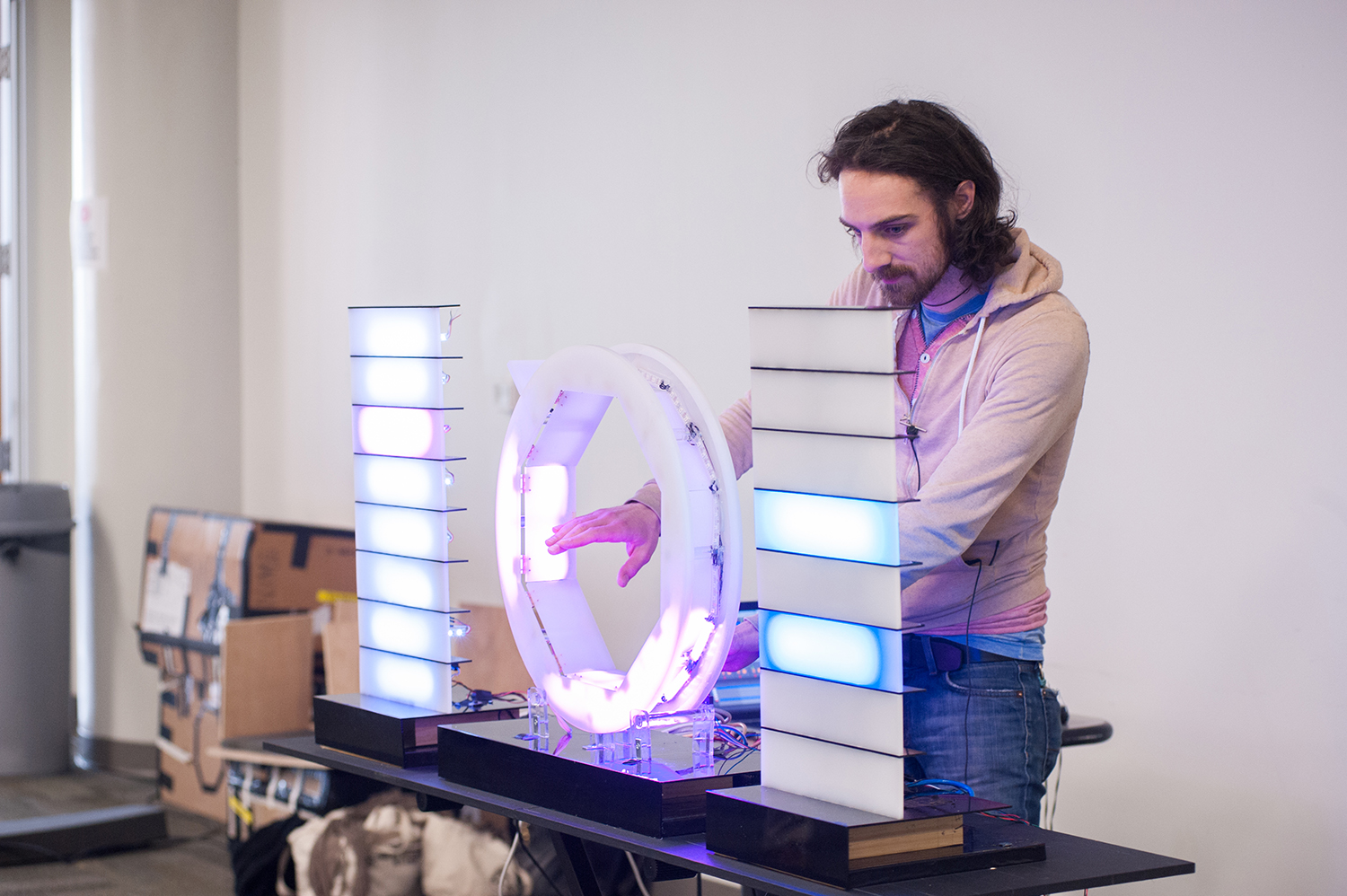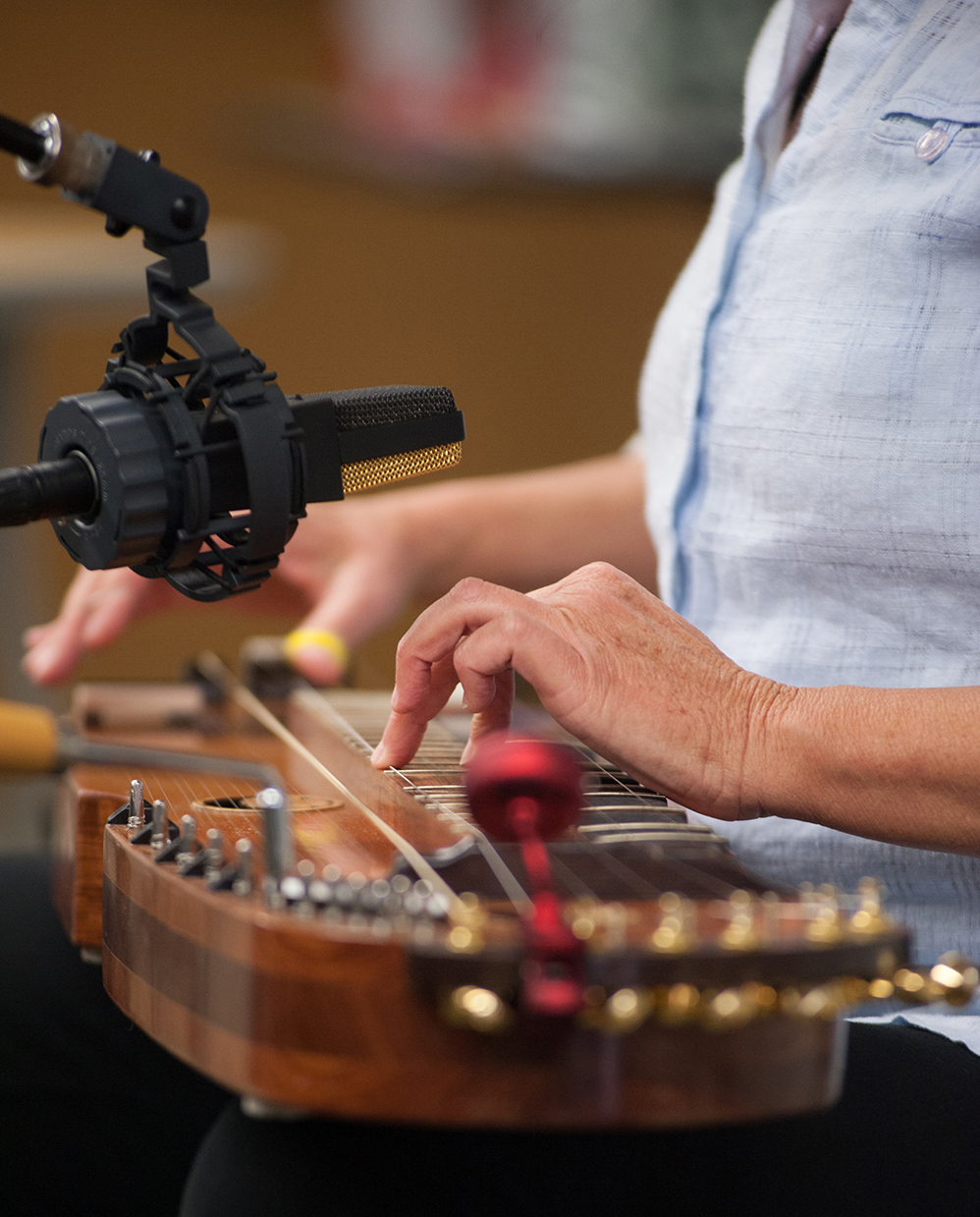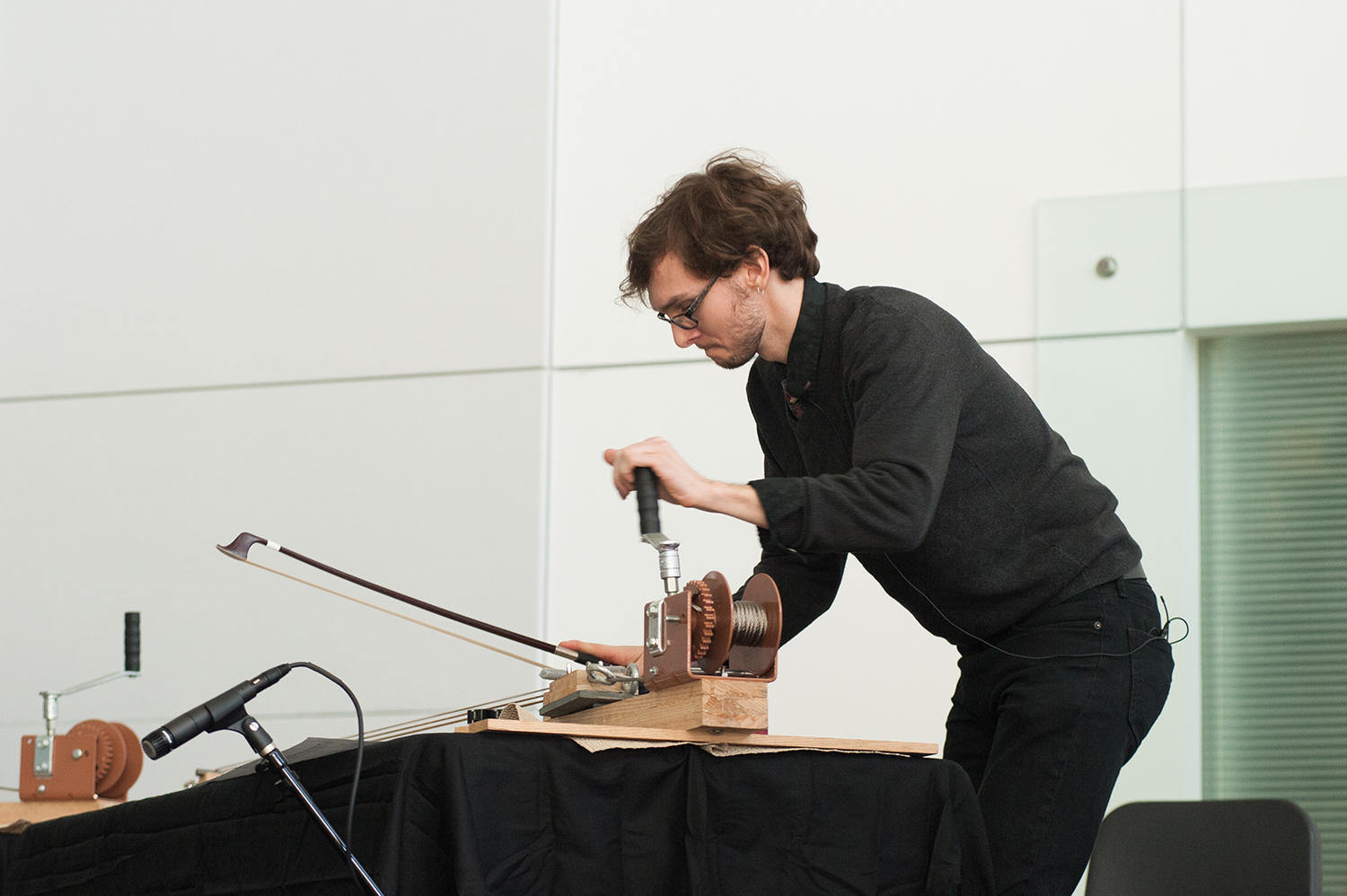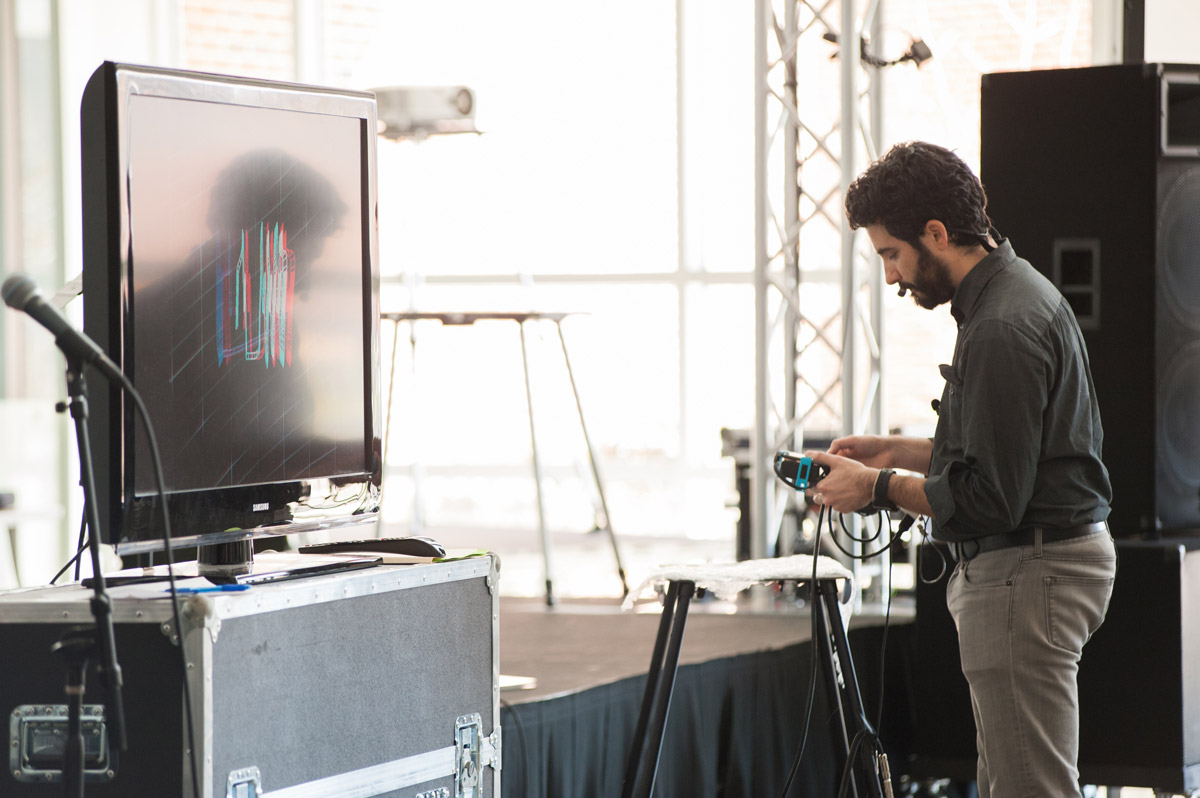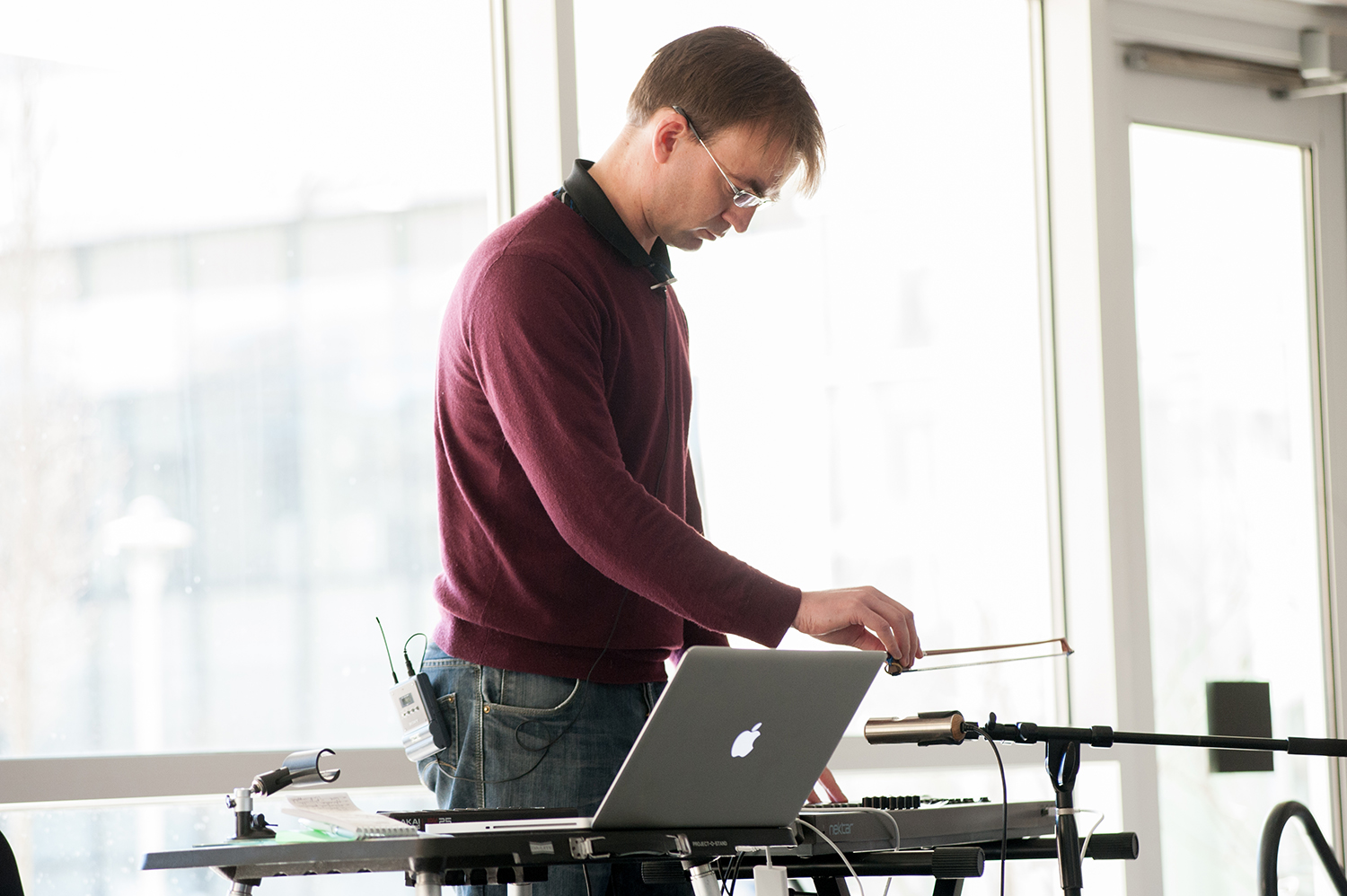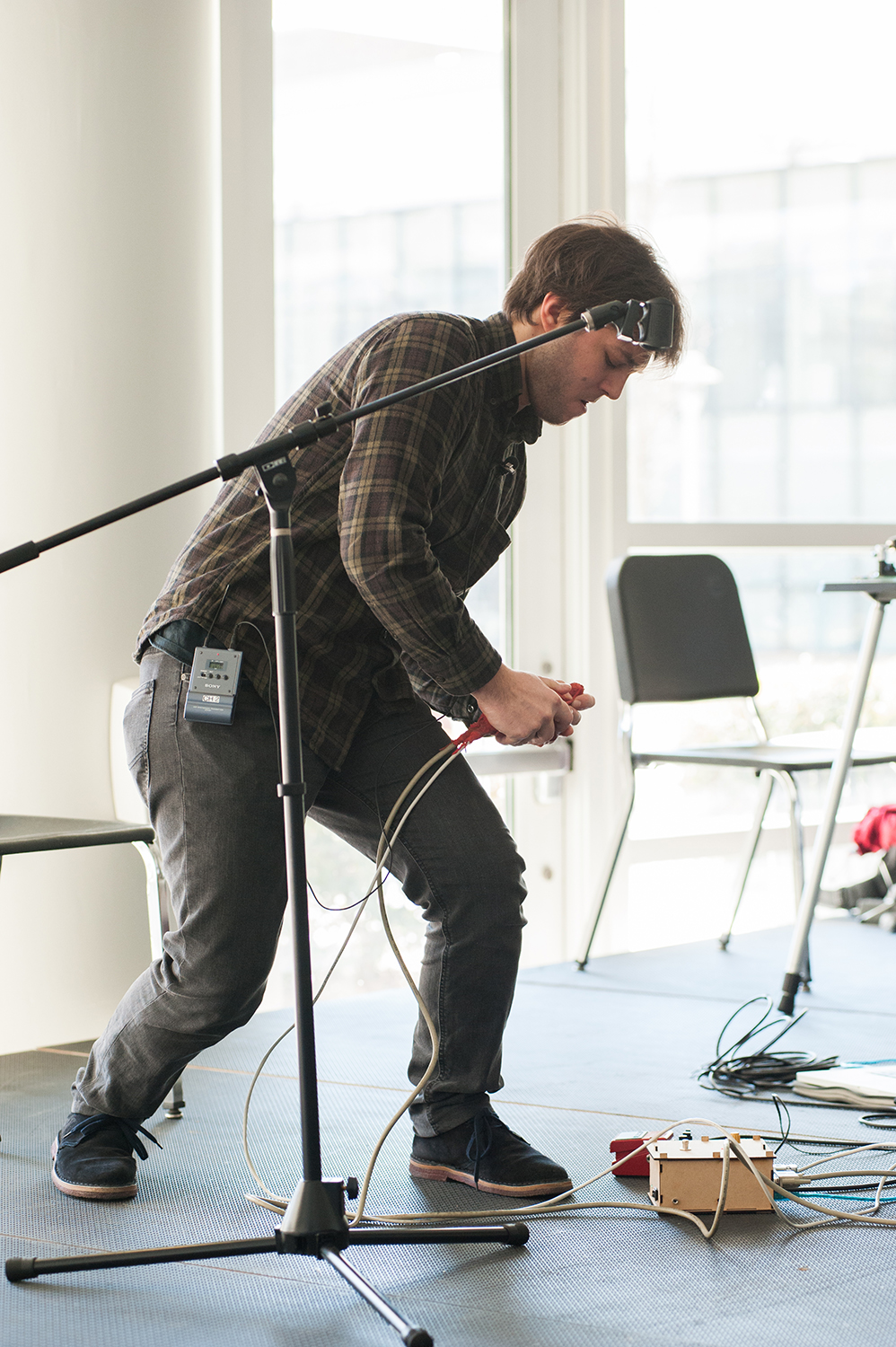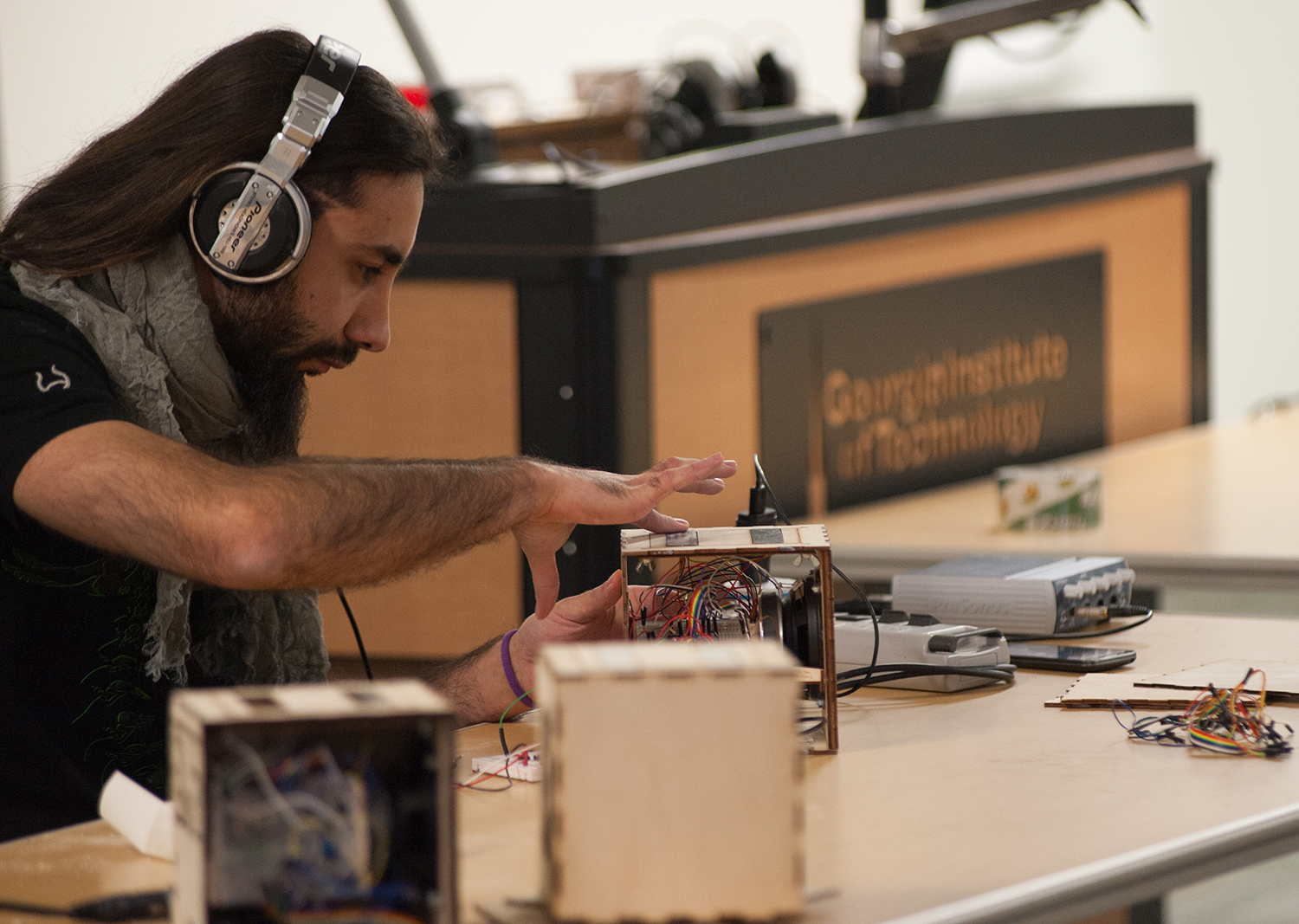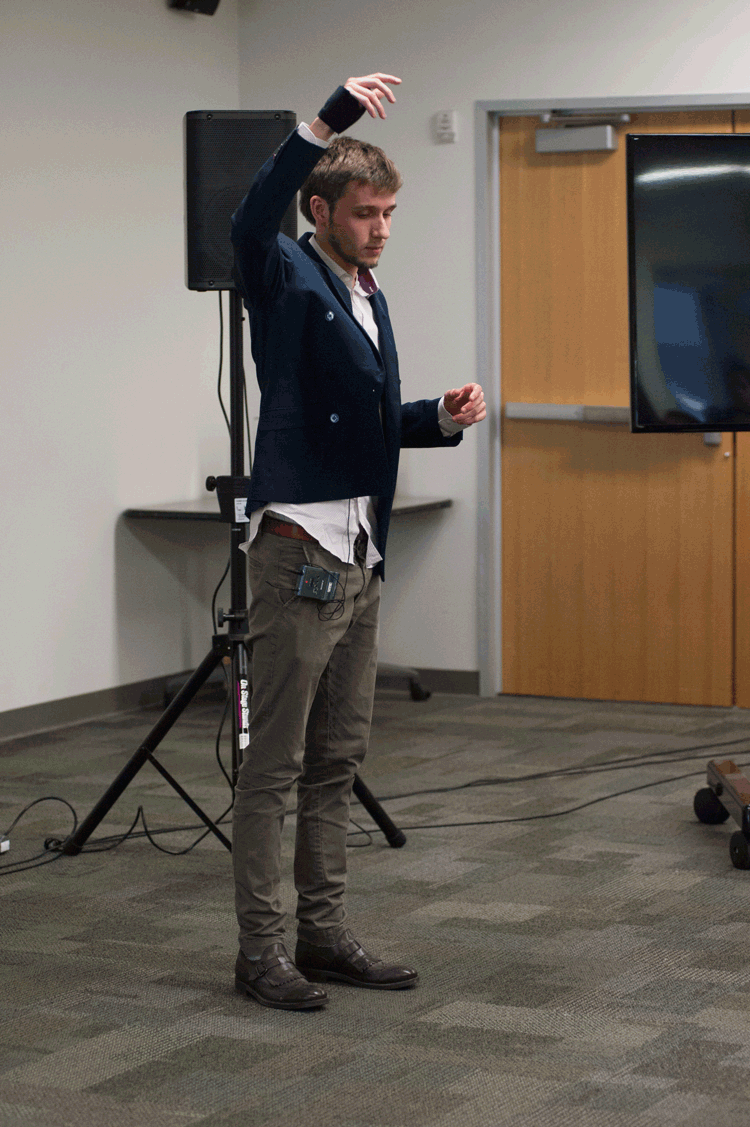
Guthman Music Competition Top 10
The next generation of musical instruments were showcased at the 2015 Margaret Guthman Musical Instrument Competition, held at Georgia Tech Feb. 19-20. Each year, the two-day event brings together musicians from all over the world to showcase their new ideas about instrument design and engineering — and to compete for $10,000 in prizes.
Entries are varied and creative, challenging the way instruments and music making have traditionally worked. Here are some of our favorite inventions from this year’s competition.
Credits
Video: Troy Robinson, Adam Karcz
Writer: Jennifer Tomasino
Photographer: Fitrah Hamid
Graphics: Erica Endicott


